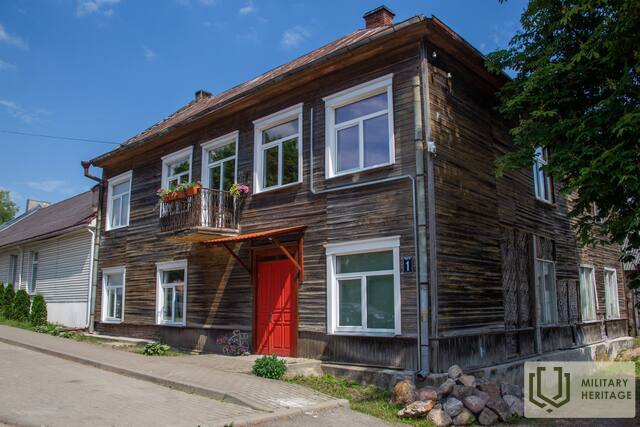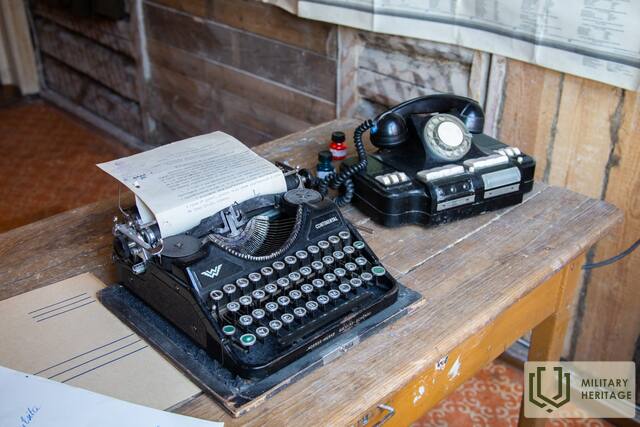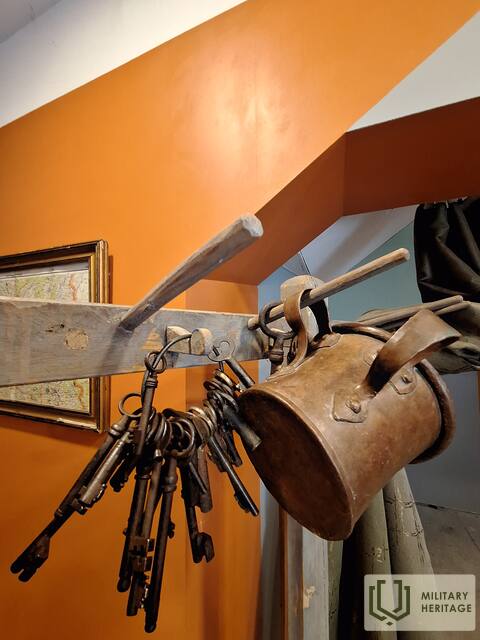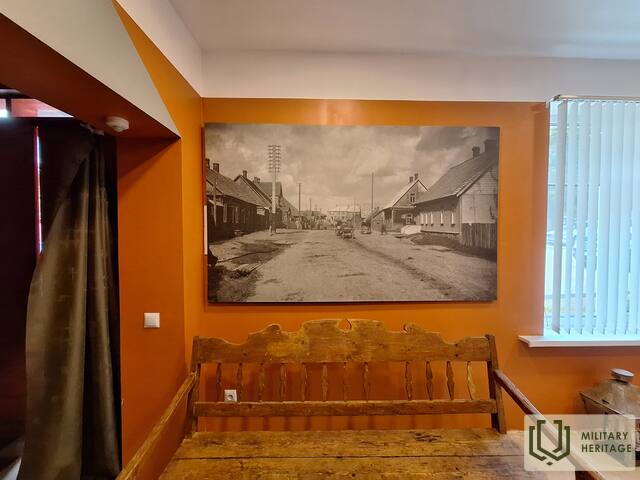Private Exhibition “Abrene Rooms” Museum

The Private exhibition “Abrene Rooms” is located in the town of Viļaka, in a building with a diverse history. Initially, the building was located on the old Marienhausen market square, later it housed apartments, offices and various shops, and during World War II, it was the Latvian self-defence headquarters, the Gestapo and also the Cheka. Several exhibitions reveal diverse events and historical periods in the town of Viļaka and its nearest vicinity covering the time period from 1920 to 1960 when Viļaka was part of Jaunlatgale, later Abrene, district. The exhibit features items from the national partisan camp in Stompaki Swamp, which are related to the national partisan movement in the Latgale region. Documents and photos associated with the War of Independence are also on display. The latest exhibition is dedicated to the once-famous motocross track “Baltais briedis”.
Used sources and references:
http://www.visitvilaka.lv/ko-redzet-un-darit/muzeji-un-kolekcijas/abrenes-istabas/
https://www.facebook.com/Abrenes-Istabas-103850238484831
Related timeline
Related topics
Related stories
Pēteris Supe - the initiator of the founding of the Latvian National Partisan Association
From 1944 to 1946, Peter Supem managed to unite the national partisan units scattered in the forests in an organized movement that fought against the occupation of Latvia in the Abrene district for several years after the Second World War. Pēteris Supe, nicknamed "Cinītis", was one of the most outstanding organizers and leaders of the national guerrilla movement in Northern Latgale.
Liberation of Northern Latgale from the Bolsheviks
On December 1, 1918, parts of the Red Army, based on the Red Rifle units, invaded the territory of Latvia. In order to protect their homes, families, native counties and escape from terror, the men around Balvi took up arms and went into the forests, and the first "green" groups began to form. In the spring of 1919, when the mobilization was announced, many men in the Balvi area were not allowed to fight in the Soviet Latvian army and they joined the "green" groups. Balvi, Silakrog, Rugāji, Teteru-Dūrupe and Liepna groups were formed. In the vicinity of Balvi, the activity of "green" groups became more active in March 1919.
Forest Daughter Domicella Pundure (Lucia)
Domicella Pundure is 90. At Riga Castle on May 3, 2018, she received the Order of Viesturs from the hands of President Raimonds Vejonis for special merits in the national resistance movement and in defending the country's independence. Domicella Pundure remains the last witness to the battle of Stompaku bog.




































